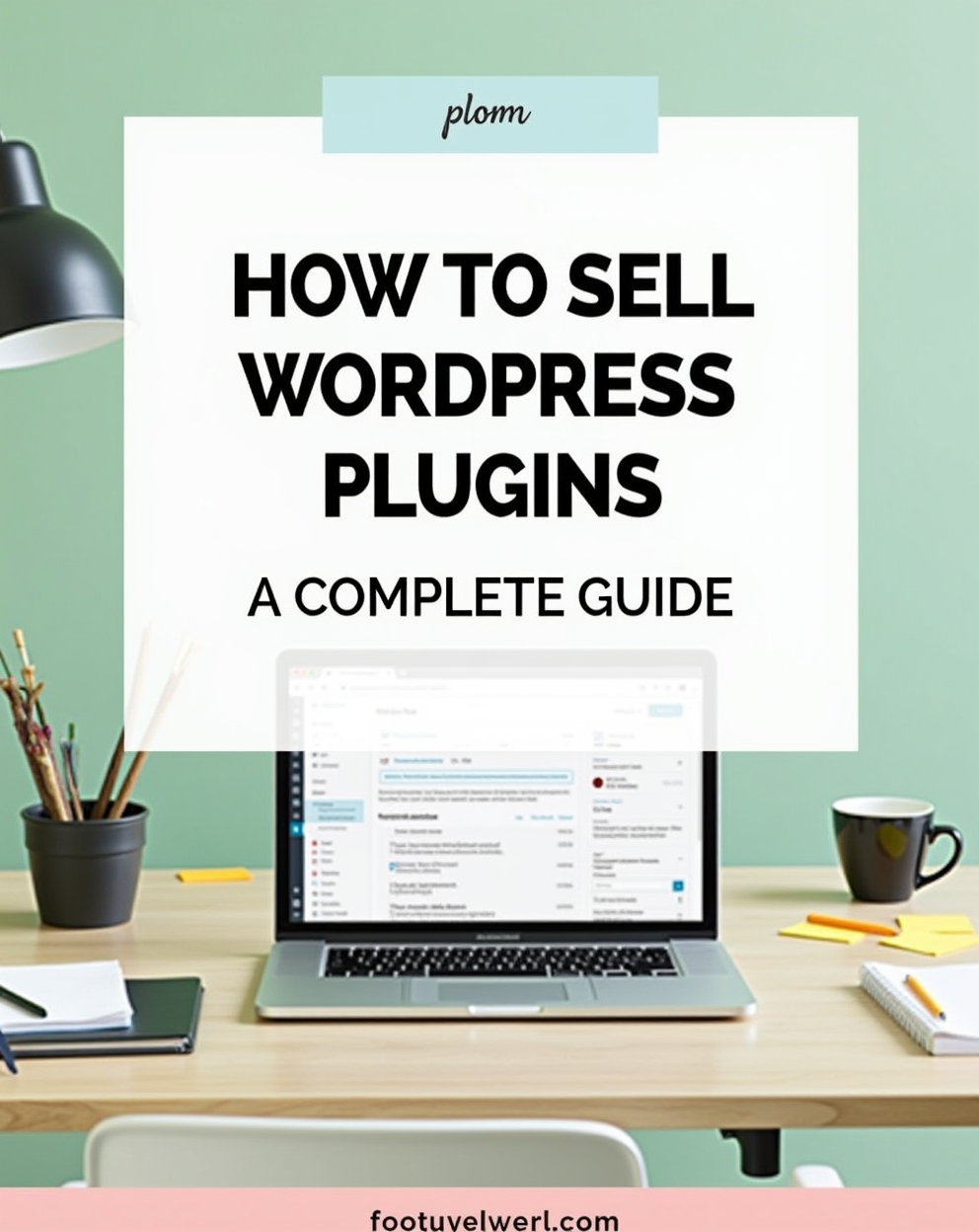How to Sell WordPress Plugins: A Complete Guide (2024)
The WordPress plugin market is booming, with over 60,000 plugins in the official directory and millions more sold independently. If you’ve developed a useful WordPress plugin, you could turn it into a lucrative business. This guide covers everything you need to know—from development and pricing to marketing and sales strategies.
Why Sell WordPress Plugins?
✅ Recurring Revenue – Charge for updates & support via subscriptions
✅ Global Market – Sell to millions of WordPress users worldwide
✅ Passive Income Potential – Earn while you sleep (with the right marketing)
✅ Low Overhead Costs – No physical inventory needed
Step 1: Develop a Marketable WordPress Plugin
Choose the Right Plugin Idea
🔹 Solve a Real Problem (Check WordPress forums for user pain points)
🔹 Analyze Competitors (Is there demand but poor alternatives?)
🔹 Niche Down (e.g., “WooCommerce PDF Invoices” vs. generic invoicing plugins). Our YouTube channel; https://www.youtube.com/@easythemestore
Development Best Practices
✔ Follow WordPress Coding Standards
✔ Optimize for speed & security
✔ Ensure cross-theme & cross-plugin compatibility
✔ Provide clear documentation
Must-Have Features for Premium Plugins
- Auto-updates
- License key validation
- Premium support system
- Regular security patches
Step 2: Choose a Sales & Distribution Model
Option 1: Sell on WordPress.org (Free + Freemium)
✔ Pros:
Free listing (great for exposure)
Built-in update system
Trusted by users
❌ Cons:
No direct payments (must monetize via Pro version)
Option 2: Sell on Your Own Website
✔ Pros:
Keep 100% of profits
Full control over pricing & branding
❌ Cons:
Requires payment gateway setup (Stripe, PayPal)
Must handle licensing & updates manually
Option 3: Sell on Third-Party Marketplaces
✔ Examples:
CodeCanyon (One-time sales)
WP Mayor Plugins (Recurring revenue)
✔ Pros:
Built-in audience
Handle licensing for you
❌ Cons:
High commission fees (up to 50%)
Step 3: Price Your Plugin Strategically
Common Pricing Models
💰 One-Time Fee ($20-$300) – Best for simple plugins
💰 Yearly Subscription ($50-$500/year) – Best for ongoing support & updates
💰 Freemium Model (Free basic version, paid Pro) – Best for wide adoption
Factors That Affect Pricing
✔ Plugin Complexity
✔ Competitor Pricing
✔ Target Audience (Hobbyists vs. enterprises)
Pro Tip: Offer volume discounts for agencies buying multiple licenses.
Step 4: Set Up a Sales & Licensing System
Essential Tools for Selling Plugins
🔹 Easy Digital Downloads (EDD) – Best for self-hosted sales
🔹 Freemius – Handles licensing, updates & subscriptions
🔹 WooCommerce Software Add-On – Sell licenses via WooCommerce
Must-Have Sales Page Elements
✔ Demo/Trial Version
✔ Feature Comparison Table (Free vs. Pro)
✔ Customer Testimonials
✔ Money-Back Guarantee
Step 5: Market Your WordPress Plugin
Free Promotion Strategies
📢 Submit to WordPress.org (Get organic traffic)
📢 Post in Facebook Groups (WP Developers, Bloggers)
📢 Offer Limited-Time Discounts
Paid Promotion Strategies
📢 Google/Facebook Ads (Target WordPress users)
📢 Sponsor WordPress Podcasts/Newsletters
📢 Run a Beta Test Program (Get early reviews)
SEO Strategies for Long-Term Sales
🔎 Target Plugin-Related Keywords (e.g., “Best Contact Form Plugin 2024”)
🔎 Write Tutorials (Show how your plugin solves problems)
🔎 Build Backlinks (Guest posts on WP blogs)
Step 6: Provide Excellent Support & Updates
How to Reduce Refunds & Boost Retention
✔ Offer Fast Support (24-48 hour response time)
✔ Release Regular Updates (Security + new features)
✔ Create Video Tutorials
✔ Build a Community (Facebook Group, Discord)
Final Thoughts
Selling WordPress plugins can be highly profitable if you:
✅ Solve a real problem
✅ Price competitively
✅ Market effectively
✅ Provide outstanding support
🚀 Ready to launch your plugin business? Start coding, choose a sales model, and get selling!


